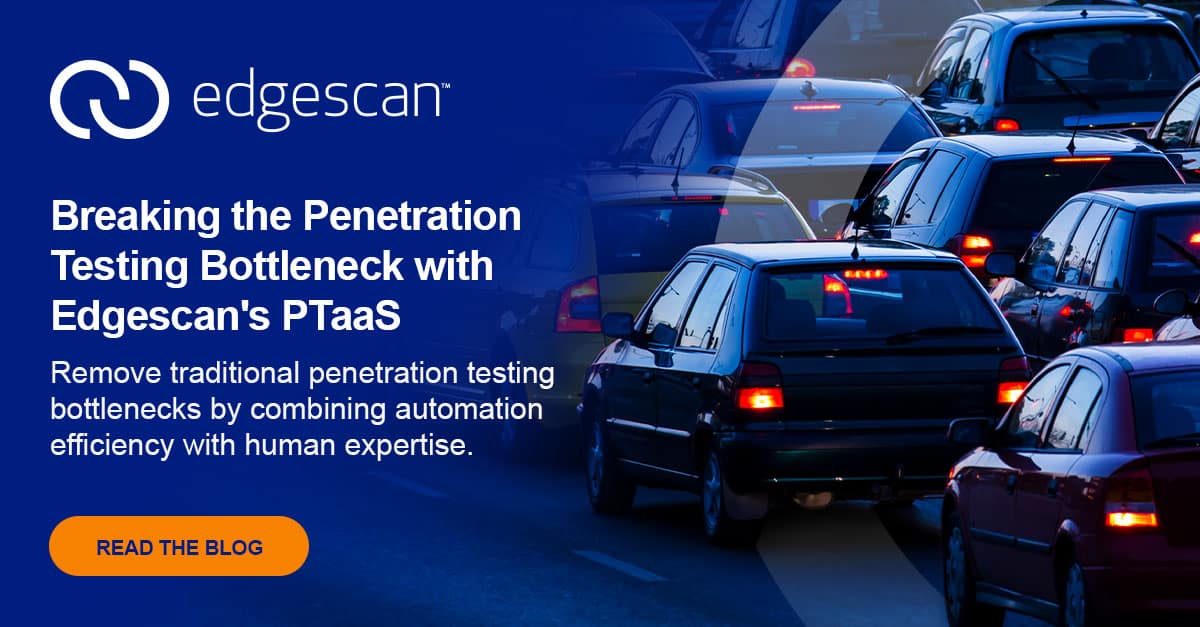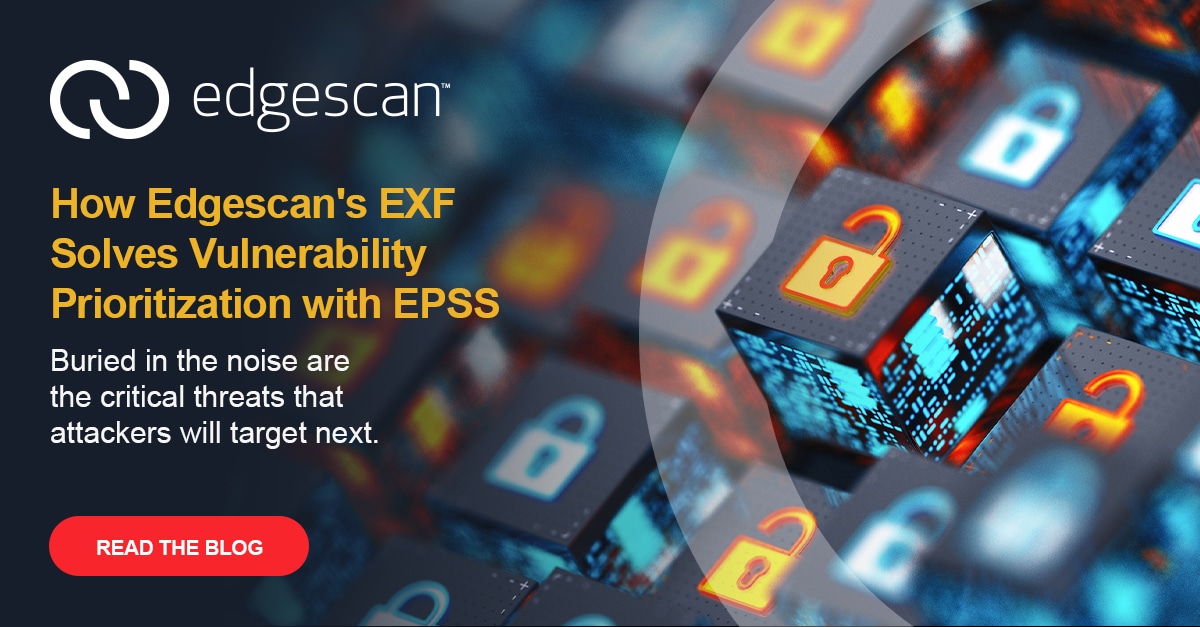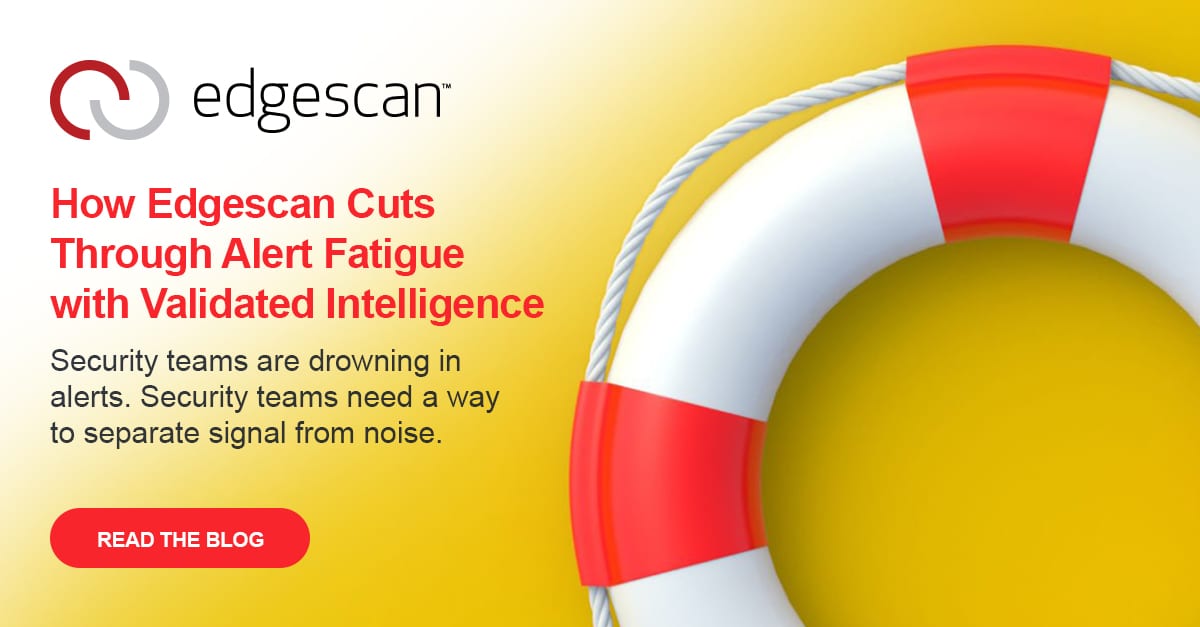How can one achieve the necessary level of insight to be informed on what really matters? Gartner highlights the need for executives to become more agile in their vulnerability management approach and notes the trend to transition away from a centralized function toward a distributed, informed risk decision-making model.
Transitioning from Technical Security to Executive Risk Management
“The CISO role has moved from a technical subject matter expert to that of an executive risk manager” (Gartner Identifies Top Security and Risk Management Trends for 2022, March 2022)
“Enterprise cybersecurity needs and expectations are maturing, and executives require more agile security amidst an expanding attack surface. Thus, the scope, scale, and complexity of digital business makes it necessary to distribute cybersecurity decisions, responsibility, and accountability across the organization units and away from a centralized function.” (Gartner 2022)
Distributing Decisions – One of the Top 5 Five Security Trends for 2022
“By 2025, a single, centralized cybersecurity function will not be agile enough to meet the needs of digital organizations. CISOs must re-conceptualize their responsibility matrix to empower Boards of Directors, CEOs, and other business leaders to make their own informed risk decisions.” (Gartner Identifies Top Security and Risk Management Trends for 2022, March 2022)
Enabling Smart vulnerability Management Decisions – Five Important Steps
Here are five important steps to enable your Enterprise Vulnerability Management office to become an informed executive risk decision maker.
1 – Eliminate the Noise
Automated scanners across the full stack generate a significant number of false positives. This noise clouds the actual relevant data to make informed decisions. Keep your security staff focused on what matters. Instead of having them manually remove false positives, utilize a Hybrid Vulnerability Management Platform with enterprise security experts in that role.
2 – Get a Single Picture of What Matters
Your business leadership audience does not need (or want) a separate vulnerability assessment on each layer of the attack surface. They want a singular, composite view of what vulnerabilities can have an impact on their business. To be informed and decisive, they need the message to be simple and clear.
Consider a Vulnerability Management Platform that:
a) integrates alerts from all the layers of the full stack (from networking to web applications) and
b) provides intelligence on the entire evolving attack surface including the challenging APIs.
3 – Rank Business Risk Alerts
The limitations of CVSS are well known and well documented. Ideally, your Smart Vulnerability Management Platform should business-rank each vulnerability alert within the context of your organization. Smart risk management triages severe, high-impact vulnerabilities over high-volume, low-risk alerts.
4 – Verify with Integrated Pen Testing
Traditional penetration testing is typically scheduled on the calendar for a finite number of times per year. But to make truly informed risk-based decisions, real vulnerabilities and their fixes need to be validated as they occur. An integrated on-demand pen testing service facilitates issue detection, remediation, and validation – all in one seamless efficient vulnerability management process.
5 – Integrate Risk Communication into Your Audience Systems
Your Vulnerability Management Platform may currently give you a single dashboard of Vulnerability Business Risk Exposure. But is it accessible to your business decision makers and IT support team? Real-time integration into your risk management and ticketing systems enables them to make daily quick and conclusive decisions.
Fortunately, leading Vulnerability Management Platforms now come pre-baked with integration into most major Enterprise IT and Risk systems. This is not a “nice to have” convenience feature. It is essential to positively impact remediation times. Only a day-to-day workflow integration can provide actionable visibility to your IT operations staff and business leadership team.
Smart Vulnerability Management Enables Informed Risk Management Decisions
Informed risk managers use a single touchstone of prioritized high-risk alerts free of false positives across the entire attack surface. Ideally, this touchstone is integrated into the daily workflow of Security, Business Leadership, and IT functions. While Gartner predicts that most Enterprises will pivot to this model by 2025, it is imperative that leaders in this most relevant field do not fall behind. Taking these five steps to enable informed risk management decisions should be a priority in 2022.
Learn Why Smart Vulnerability Management Matters by downloading our whitepaper.






